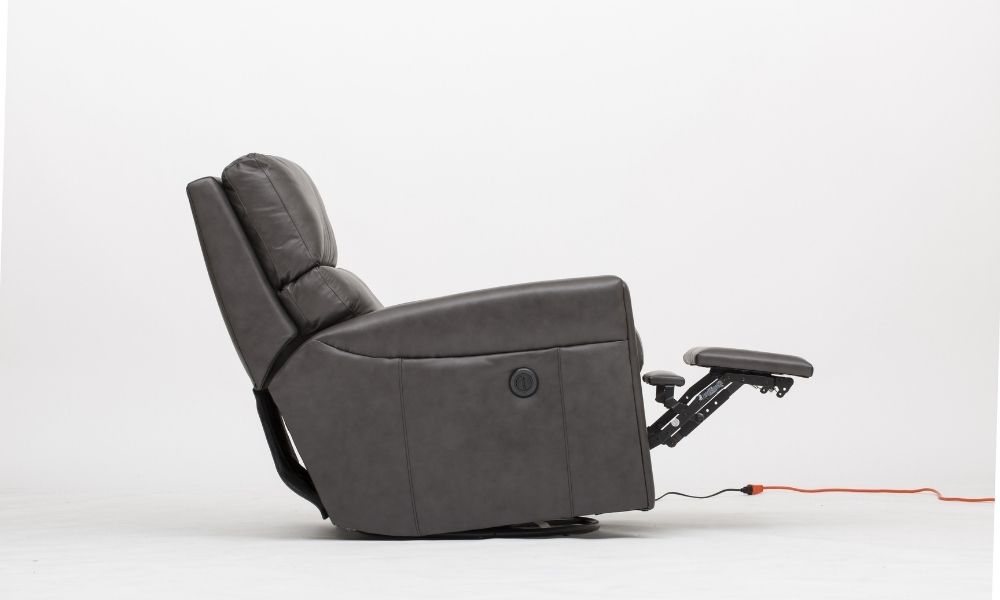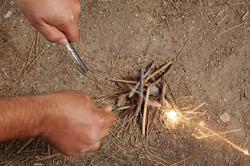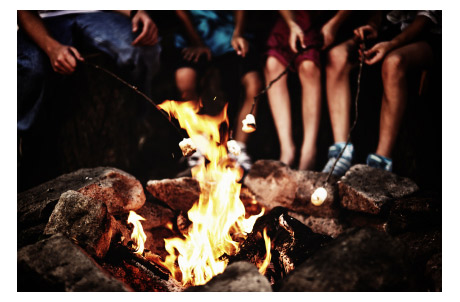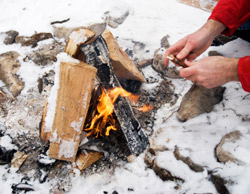To transform your living room into the most popular space in your home, you can add power or manual recliners. Recliners are easy to use, extremely comfortable, and can even provide some health benefits, such as improved circulation. Before you purchase a recliner for your home, check out these pros and cons of power vs. manual recliners.
Power Recliner Pros
If you want furniture that’s easy to use, power recliners are great options. A power reclining sectional sofa is a wonderful addition to any living room and adds a touch of comfort and luxury to your home. Additionally, many people with limited mobility choose these recliners since they’re easy to operate.
Power Recliner Cons
While power recliners have many pros, they do come with some cons. The first and most noticeable downside is their price. Usually, power recliners are more expensive than manual recliners. Additionally, you need a source of electricity nearby for a power recliner to function properly. Finally, some people claim that power recliners don’t last as long as manual recliners since their motors can burn out or malfunction over time.
Manual Recliner Pros
Unlike power recliners, manual recliners don’t require a power source. Also, manual recliners tend to look less bulky than power recliners since they don’t need space for motors or electrical equipment. Finally, manual recliners are usually less expensive than power recliners, again because they lack motors.
Manual Recliner Cons
The most noticeable con of manual recliners is that they require effort to reposition. Since manual recliners don’t have motors, you’ll need to move them by hand. This can be challenging to do, especially for larger, heavier recliners.
These are some of the pros and cons of power vs. manual recliners. Both manual and power recliners are useful, comfortable, and luxurious additions to your living room. Before you purchase a recliner for your home, be sure to keep these pros and cons in mind.





 Crew
Crew Soccer
Soccer
 People who are caught out in the wilderness, completely unprepared, can still create a survival advantage for themselves by building a fire in other ways. Try to collect as much natural kindling as possible, in the form of dry leaves, pine needles, abandoned birds’ nests, and grass. Areas directly under large trees are usually most likely to be drier than the surrounded area during cold or wet weather. If there are pine trees nearby, look for trails of sap running down the tree and scrape it off to use as a fire starter. In other emergency instances, a car battery or car cigarette lighter can also be used to start a fire.
People who are caught out in the wilderness, completely unprepared, can still create a survival advantage for themselves by building a fire in other ways. Try to collect as much natural kindling as possible, in the form of dry leaves, pine needles, abandoned birds’ nests, and grass. Areas directly under large trees are usually most likely to be drier than the surrounded area during cold or wet weather. If there are pine trees nearby, look for trails of sap running down the tree and scrape it off to use as a fire starter. In other emergency instances, a car battery or car cigarette lighter can also be used to start a fire.
